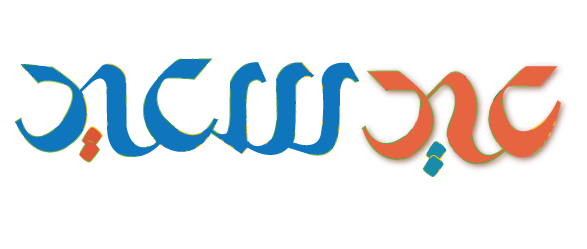I and a few of my B&B brethren have descended upon a poor, unsuspecting soap-making forum. They took us in without question, and we're now the "crazy trouble-making wet-shaving dudes " and have even converted a few to making croaps and leaving out the mud. :thumbup:
Anyway, I posted a question there about a reverse-formulation of Cella and one of the folks there pointed out that the ingredients almost had to be wrong. They say:
Cocos Nucifera Oil, Tallow, Stearic Acid, Potassium Hydroxide, Sodium Hydroxide, Aqua, Potassium Carbonate, Parfum.
I originally noted that the coconut oil was first, therefore one would assume the highest percentage or at least equal to the other oils. That was enough to make me scratch my head because a high coconut oil soap is foamy but generally drying. Cella is not a drying soap. Then another shaving-type person who is a soaper noted that the water was after the lyes. Especially given this uses two types of lye (and therefore the max of either is no more than 50% of the max lye needed) the water level is way too low. A typical recipe would have an amount of water greater than the weight of the lye.
For those who are interested in the numbers but don't make soap: If you use Sodium Hydroxide (NaOH) the lye used is ~+14.8% o the weight of the oils. ~+23% if the lye used is Potassium Hydroxide (KOH). A relatively low water percentage would be 30%. Since we use two lyes there would be no more than 7.5% or so of the NaOH and 11.5% of the KOH (more or less). The point being that the water would be < 12% if it was properly listed in the proper order, which is way too low.
European labeling is much more strict than US labeling. They would be using INCI labeling rules; the Cocos Nucifera (coconut) Oil would be listed as Potassium Cocoate and Sodium Cocate; yadda yadda yadda. The ingredients would certainly be listed in the order of percentages.
So I'm really curious if what we see is "export-only" labeling, and if so how can it be wrong? Or is their labeling somehow grandfathered. Does anyone have any pre-regulation packaging maybe?
Anyway, I posted a question there about a reverse-formulation of Cella and one of the folks there pointed out that the ingredients almost had to be wrong. They say:
Quote:
Cocos Nucifera Oil, Tallow, Stearic Acid, Potassium Hydroxide, Sodium Hydroxide, Aqua, Potassium Carbonate, Parfum.
I originally noted that the coconut oil was first, therefore one would assume the highest percentage or at least equal to the other oils. That was enough to make me scratch my head because a high coconut oil soap is foamy but generally drying. Cella is not a drying soap. Then another shaving-type person who is a soaper noted that the water was after the lyes. Especially given this uses two types of lye (and therefore the max of either is no more than 50% of the max lye needed) the water level is way too low. A typical recipe would have an amount of water greater than the weight of the lye.
For those who are interested in the numbers but don't make soap: If you use Sodium Hydroxide (NaOH) the lye used is ~+14.8% o the weight of the oils. ~+23% if the lye used is Potassium Hydroxide (KOH). A relatively low water percentage would be 30%. Since we use two lyes there would be no more than 7.5% or so of the NaOH and 11.5% of the KOH (more or less). The point being that the water would be < 12% if it was properly listed in the proper order, which is way too low.
European labeling is much more strict than US labeling. They would be using INCI labeling rules; the Cocos Nucifera (coconut) Oil would be listed as Potassium Cocoate and Sodium Cocate; yadda yadda yadda. The ingredients would certainly be listed in the order of percentages.
So I'm really curious if what we see is "export-only" labeling, and if so how can it be wrong? Or is their labeling somehow grandfathered. Does anyone have any pre-regulation packaging maybe?
Cella - Ingredients Question


 شارك عبر الماسنجر
شارك عبر الماسنجر
